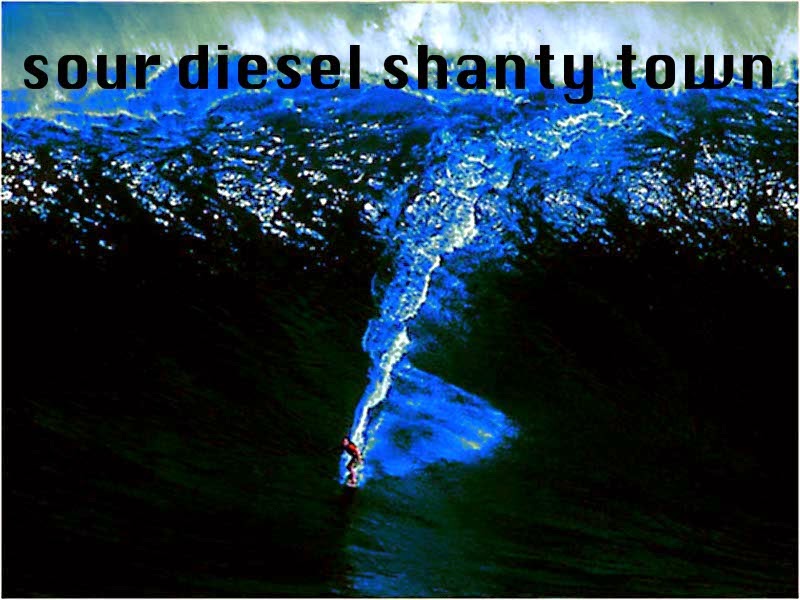(b) For the purposes of this Code, wild animals are deemed to be any animals which are
naturally inclined to do harm and capable of inflicting harm upon human beings and are
hereby prohibited pursuant to subsection (a). Such animals shall include: (i) any animals
specified by the Commissioner in regulations promulgated pursuant to this section; (ii)
any native or exotic wildlife whose possession or sale is prohibited because they are
designated as protected or endangered pursuant to any federal, state or local law,
regulation, or rule; and (iii) any of the following animals:
(1) All dogs other than domesticated dogs (Canis familiaris), including, but not limited to,
wolf, fox, coyote, hyena, dingo, jackal, dhole, fennec, raccoon dog, zorro, bush dog,
aardwolf, cape hunting dog and any hybrid offspring of a wild dog and domesticated dog.
(2) All cats other than domesticated cats (Felis catus), including, but not limited to, lion,
tiger, leopard, ocelot, jaguar, puma, panther, mountain lion, cheetah, wild cat, cougar,
bobcat, lynx, serval, caracal, jaguarundi, margay and any hybrid offspring of a wild cat
and domesticated cat.
(3) All bears, including polar, grizzly, brown and black bear.
(4) All fur bearing mammals of the family Mustelidae, including, but not limited to,
weasel, marten, mink, badger, ermine, skunk, otter, pole cat, zorille, wolverine, stoat and
ferret.
(5) All Procyonidae: All raccoon (eastern, desert, ring-tailed cat), kinkajou, cacomistle,
cat-bear, panda and coatimundi.
(6) All carnivorous mammals of the family Viverridae, including, but not limited to, civet,
mongoose, genet, binturong, fossa, linsang and suricate.
(7) All bats (Chiroptera).
(8) All non-human primates, including, but not limited to, monkey, ape, chimpanzee,
gorilla and lemur.
(9) All squirrels (Sciuridae).
(10) Reptiles (Reptilia). All Helodermatidae (gila monster and Mexican beaded lizard); all ront-fanged venomous snakes, even if devenomized, including, but not limited to, all
Viperidae (viper, pit viper), all Elapidae (cobra, mamba, krait, coral snake), all
Atractaspididae (African burrowing asp), all Hydrophiidae (sea snake), all Laticaudidae
(sea krait); all venomous, mid-or rear-fanged, Duvernoy-glanded members of the family
Colubridae, even if devenomized; any member, or hybrid offspring of the family Boidae,
including, but not limited to, the common or green anaconda and yellow anaconda; any
member of the family Pythonidae, including but not limited to the African rock python,
Indian or Burmese python, Amethystine or scrub python; any member of the family
Varanidae, including the white throated monitor, Bosc's or African savannah monitor,
Komodo monitor or dragon, Nile monitor, crocodile monitor, water monitor, Bornean
earless monitor; any member of the family Iguanidae, including the green or common
iguana; any member of the family Teiidae, including, but not limited to the golden,
common, or black and white tegu; all members of the family Chelydridae, including
snapping turtle and alligator snapping turtle; and all members of the order Crocodylia,
including, but not limited to alligator, caiman and crocodile.
(11) Birds and Fowl (Aves): All predatory or large birds, including, but not limited to,
eagle, hawk, falcon, owl, vulture, condor, emu, rhea and ostrich; roosters, geese, ducks
and turkeys prohibited or otherwise regulated pursuant to § 161.19 of this Code, the
Agriculture and Markets Law or applicable federal law.
(12) All venomous insects, including, but not limited to, bee, hornet and wasp.
(13) Arachnida and Chilopoda: All venomous spiders, including, but not limited to,
tarantula, black widow and solifugid; scorpion; all venomous arthropods including, but
not limited to, centipede.
(14) All large rodents (Rodentia), including, but not limited to, gopher, muskrat, paca,
woodchuck, marmot, beaver, prairie dog, capybara, sewellel, viscacha, porcupine and
hutia.
(15) All even-toed ungulates (Artiodactyla) including, but not limited to, deer, antelope,
sheep, giraffe and hippopotamus.
(16) All odd-toed ungulates (Perissodactyla) other than domesticated horses (Equus
caballus), including, but not limited to, zebra, rhinoceros and tapir.
(17) All marsupials, including, but not limited to, Tasmanian devil, dasyure, bandicoot,
kangaroo, wallaby, opossum, wombat, koala bear, cuscus, numbat and pigmy, sugar
and greater glider. 18) Sea mammals (Cetacea, Pinnipedia and Sirenia), including, but not limited to,
dolphin, whale, seal, sea lion and walrus.
(19) All elephants (Proboscides)
(20) All hyrax (Hydracoidea).
(21) All pangolin (Pholidota).
(22) All sloth and armadillo (Edentata).
(23) Insectivorous mammals (Insectivora): All aardvark (Tubildentata), anteater, shrew,
otter shrew, gymnure, desman, tenrec, mole and hedge hog.
(24) Gliding lemur (Dermoptera)



